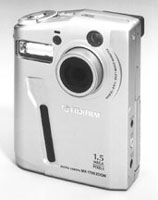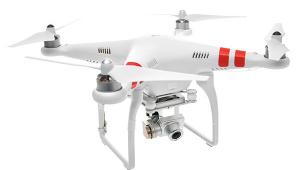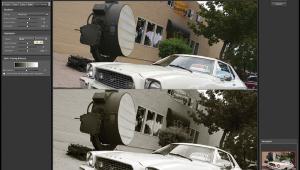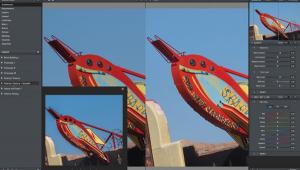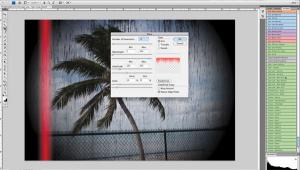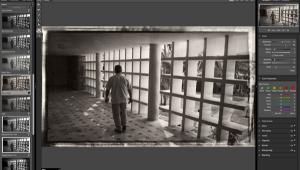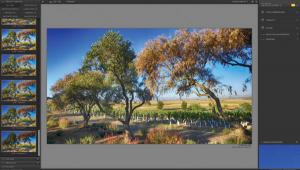Digital Innovations
Looking At The Past, Looking Into The Future
"Who would believe that so small a space could contain the image of all the universe?"--Leonardo da Vinci's comments on the Camera Obscura Like many digital imagers,
I'm occasionally frustrated by problems with software and hardware
with my Macintosh and Windows computers. When this happens, I try to
put it in perspective and remember how Mathew Brady and company photographed
the American Civil War. These intrepid photographers used horse-drawn
wagons (not minivans) to carry large format cameras, chemicals, and
glass plates across a country that had few accurate maps, fewer roads,
and no auto club to call when a wheel fell off. When Brady's photographers
got ready to make a photograph, they had to coat a glass plate with
emulsion, stick it in a camera, make the exposure, then process it before
the plate dried. If the image was exposed properly--using only the lens
cap as a shutter--they would have to deal with the likely prospects
of these hard fought negatives being cracked or broken on the trip back
to Washington. All this was going on during a shooting war when both
sides' artillery liked to use the wagons for target practice.
Even back then, it seems, nobody liked the media. A tough life, sure,
and frustrating too, but William Henry Jackson used the same techniques
to photograph the American West long before Ansel Adams knew what a
camera was. Think about all of this the next time your computer crashes
and you're feeling sorry for yourself. |
